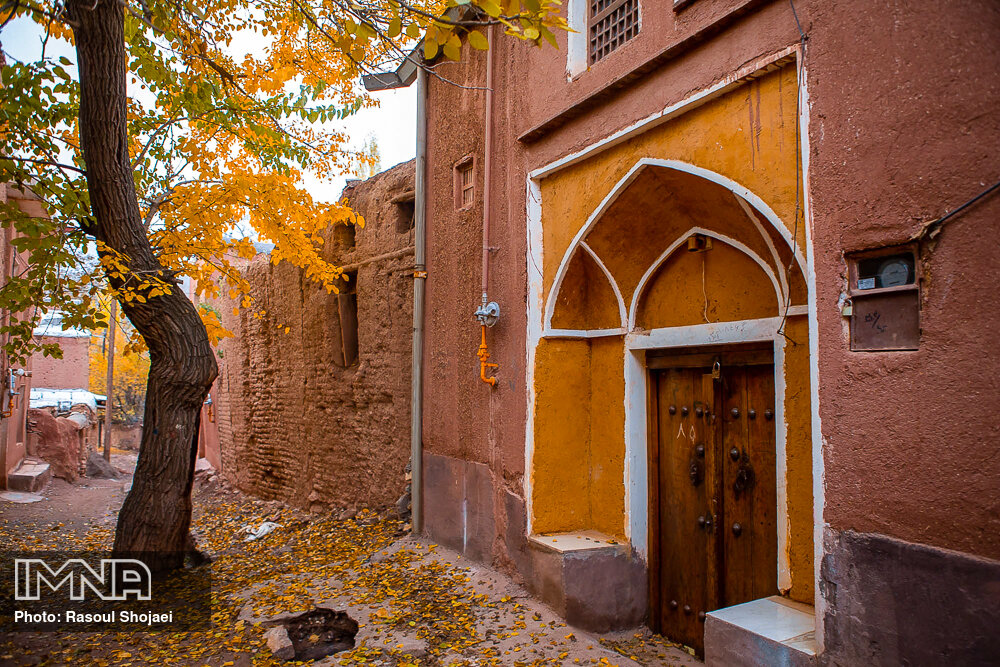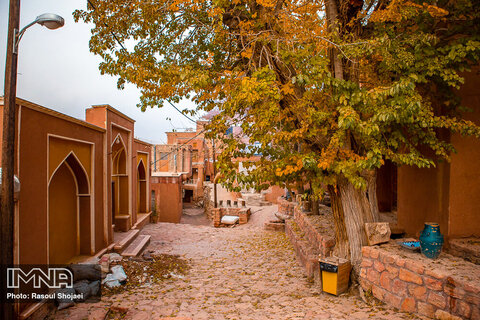Iran (IMNA) _ The final candidates have been selected out 130 villages by a working group affiliated with the Ministry of Cultural heritage, Tourism and Handicrafts, Mehr reported on Monday.
Abyaneh in Isfahan province, Kandovan in East Azarbaijan province, Meymand in Kerman, Kandelus in Mazandaran, Soheili in Hormozgan, Qasemabad in Gilan, Palangan in Kordestan, and the village of Bisheh in Lorestan province constitute Iran’s applicants for “Best Tourism Villages”, the report said.
The initiative is expected to put Iran's rural destinations on the world map and earn them well-deserved recognition from the UNWTO.
Home to thousands of charming villages, Iran perfectly suits the tastes of many domestic and even international travelers who seek unique experiences in nature and unspoiled landscapes, stay in authentic accommodation and feel the local way of life.
Tourists may stay at a rural or nomadic place or enjoy an independent holiday and help them with their daily lives. It also opens up the possibility of feeling the rustic, agricultural, traditional, artistic and cultural habits of which the magical know-how is passed down from generation to generation.

The label may help highlight qualified villages for their commitment to innovation and sustainability in all its aspects —economic, social, and environmental —and a focus on developing tourism in line with the Sustainable Development Goals (SDGs).
Since its introduction in 2021, more than 70 villages from nearly 40 countries have been recognized as Best Tourist Villages. The selection is based on an assessment of initiatives in 9 areas related to sustainable development.
According to the UN tourism body, villages, which do not fully meet the criteria can benefit from the ‘Best Tourism Villages by UNWTO’ Upgrade Program, which offers support to those villages to address the gaps identified in the evaluation process.
Moreover, the initiative also includes the ‘Best Tourism Villages by UNWTO’ Network, which offers a platform for exchanging experiences and good practices.
The World Tourism Organization considers rural tourism to be a type of activity where the visitor's experience is linked to a variety of products, often associated with activities in nature, agriculture, rural lifestyles, culture, fishing and tourism. This tourism is also characterized by low population density, landscape characteristic of agriculture and forestry, social structure and traditional way of life.
AFM
Tehrantimes


Your Comment